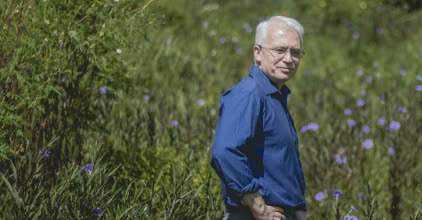Discover the world of Vietnamese tea through the eyes of experts
Tea, a cultural heritage of humanity, has accompanied humans for thousands of years. With a variety of types, flavors, and uses, tea is not only a refreshing drink but also a valuable medicinal herb, bringing many health benefits.
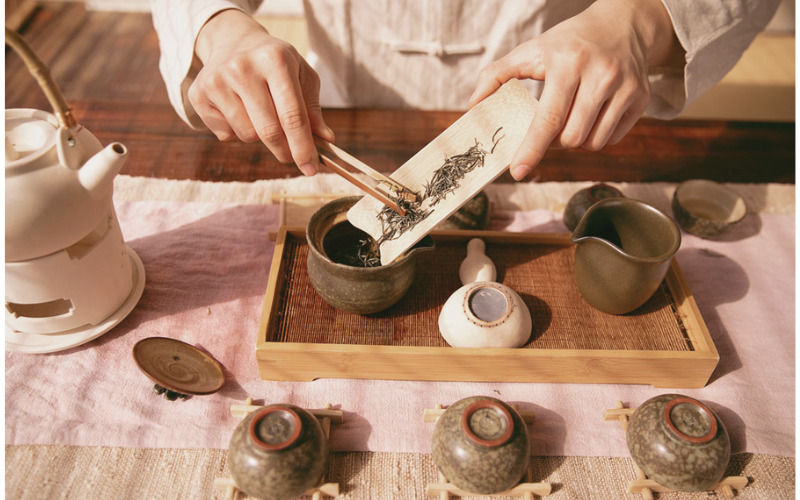
Drinking tea has become a beautiful cultural feature of many countries.
(Source: Collected)
According to Associate Professor – Dr. Nguyen Duy Thinh, tea has excellent nutritional value and health benefits. Compounds in tea such as caffeine, tannin, theobromine, theophylline, and many other vitamins and minerals in tea have the effect of stimulating the nervous system, enhancing digestion, anti-oxidation, protecting the cardiovascular system, and preventing many diseases. They can strengthen the immune system, reduce cancer risk, regulate blood pressure, and avoid aging.
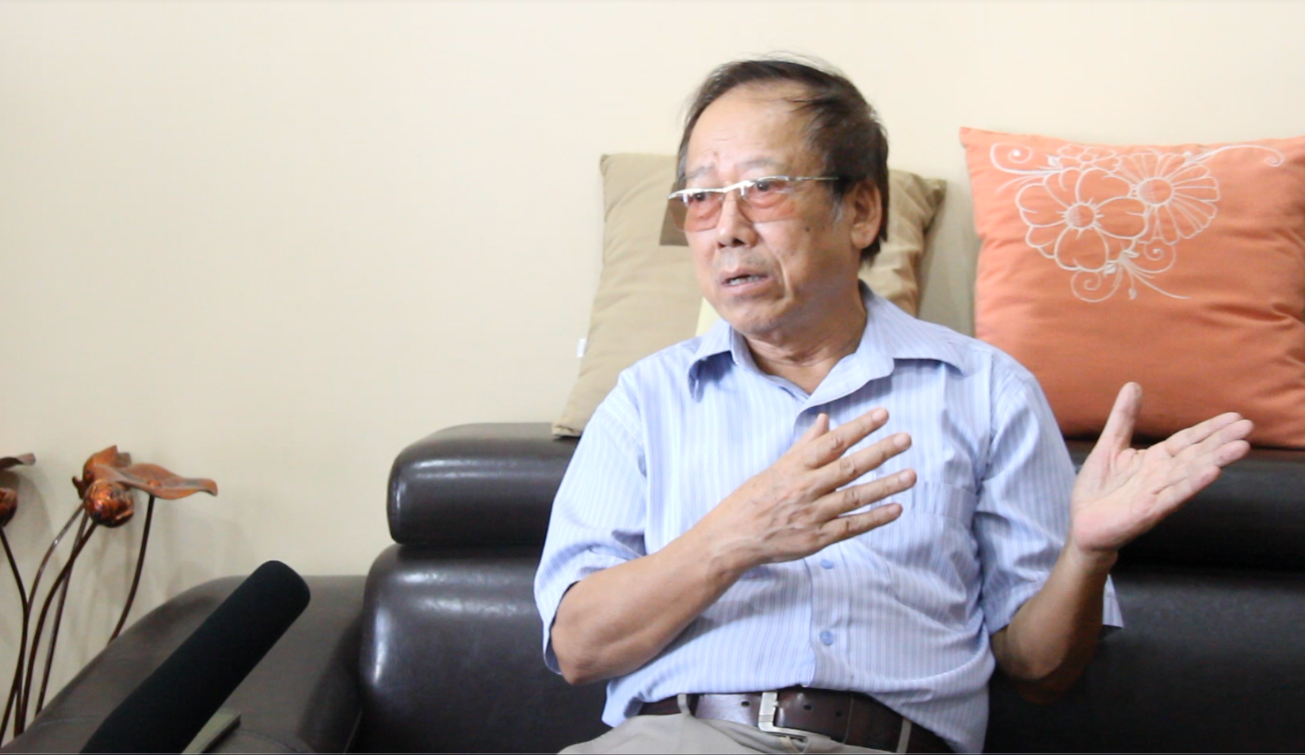
Associate Professor – Dr. Nguyen Duy Thinh
Diversity and uniqueness in each region
Thanks to different processing techniques, each region has created its unique types of tea, imbued with cultural identity. From fresh tea leaves, people have made hundreds and thousands of types of tea with different flavors, colors, and shapes, meeting all the needs and preferences of consumers.
Tea culture, with its myriad forms, has become an indispensable part of the spiritual life of many ethnic groups worldwide. Vietnam is the homeland of ancient tea forests, which produce many unique types of tea with distinct flavors and characteristics.
Ha Giang Golden Tea
Ha Giang tea region is one of the unique regions of Vietnam, where many wild Shan tea forests are growing on mountain slopes more than 1000 meters above sea level. Thanks to the very suitable climate and land, Shan tea trees grow very well. Shan tea leaves have a lot of white snow, called Shan Tuyet tea.
For a long time, the Ha Giang ethnic people have picked and processed tea in their way and created a famous product called Ha Giang yellow tea. Tea buds are picked 3 to 4 times every year in the 3rd, 6th, 8th, and 9th lunar months. When the season comes, people bring a knife and a basket to pick tea because the Shan tea trees are tall and big. The husband climbs up the tree to cut branches, and the wife stays on the ground, picks young tea buds with one bud and a few leaves, and puts them in the basket. The tea buds are brought home still very fresh and spread evenly on the floor for a certain period.
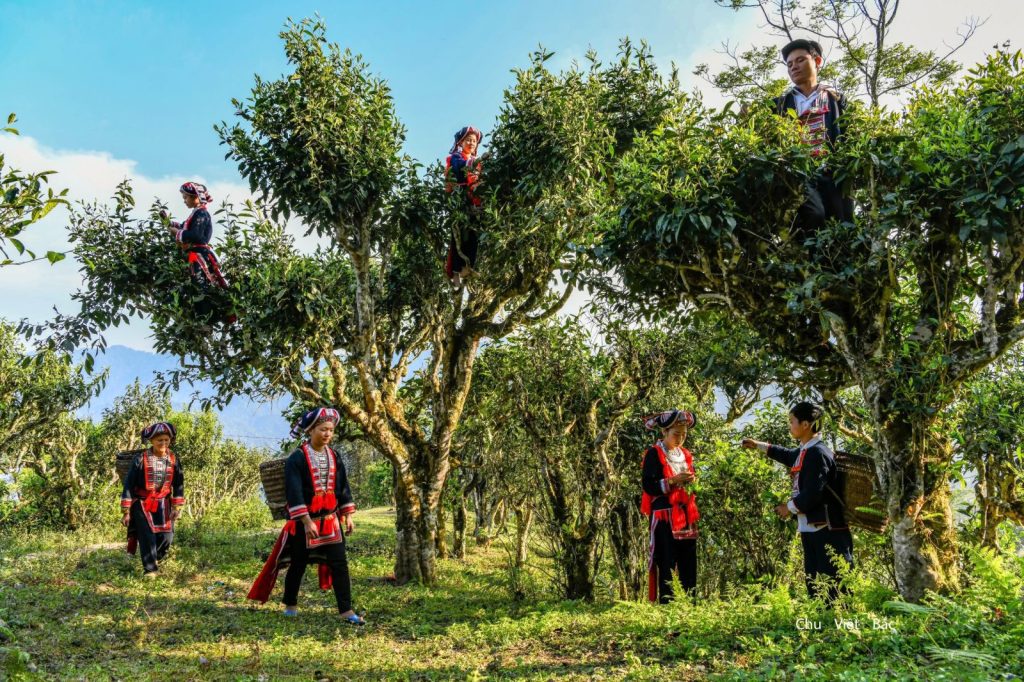
Ancient Shan Tuyet Tea – Treasure of Ha Giang (Source: Collected)
Pu’er Tea
Pu’er Tea is from China. This famous product is mainly produced in Xi’an Ba Na, Yunnan Province. The main ingredient is yellow tea, which is made from Shan Tuyet tea.
The production process of Pu’er tea is very traditional, with the natural brewing method on wooden or bamboo shelves. Thanks to that, Pu’er tea can be preserved for a long time without elaborate packaging, retaining its characteristic flavor: clear red-brown brewed water, sweet and astringent taste, and a faint aroma. Pu’er tea is an exceptional product; people can preserve it for a long time under normal conditions without packaging and still maintain good quality.
Shan Tuyet Suoi Giang Tea
Unlike the Ha Giang tea area, the Suoi Giang has a lower altitude (about 600 to less than 1000 meters). People here have picked tea and processed it into green tea. Very little yellow tea is produced. Each year, people harvest 4 to 5 times and mainly pick by hand without cutting the branches. The tea buds are picked with one bud and two or three young leaves.
The characteristics of Suoi Giang Shan Tuyet tea are that the appearance is rough, the color is yellowish green, there is a lot of white snow, the tea water is yellow with a bit of red, clear, and thick, and the tea taste is strong. It tastes a bit bitter when you first drink it, but the taste becomes sweet, and the sweet aftertaste lasts a long time.
Moc Chau Shan Tuyet Tea
Moc Chau belongs to Son La province, the only highland in the North with an altitude of over 800 meters, with climate and soil conditions very suitable for developing Shan tea trees. Shan Tuyet tea trees are domesticated and cultivated intensively in this area with very high productivity.
The tea buds are harvested according to standards, mainly with one bud and two leaves. The tea leaves have a lot of white snow, especially in the buds and the first leaves. After harvesting, the tea buds are well preserved, not crushed, and quickly transported to the factory.
Moc Chau Shan Tuyet tea has a slightly rougher appearance than tea from the Midlands or imported tea varieties. The dried tea is dark green, with a lot of white snow, which is very attractive. The tea water is evident, is slightly yellowish-green, and is thick.
Tan Cuong green tea
Tan Cuong tea is famous not because of favorable natural conditions but because of the local people’s sophisticated cultivation and processing techniques. They pick young tea buds, use organic fertilizers, and apply a strict processing process, including withering, frying, and rolling.
In particular, the frying process to kill yeast is carried out very carefully, helping the tea to ripen evenly and retain its natural green color. The rolling process is also carried out meticulously so that the tea leaves curl evenly and are not crushed. Finally, roasting tea at a low temperature for a long time helps create a characteristic aroma and a layer of white powder on the surface of the tea leaves.
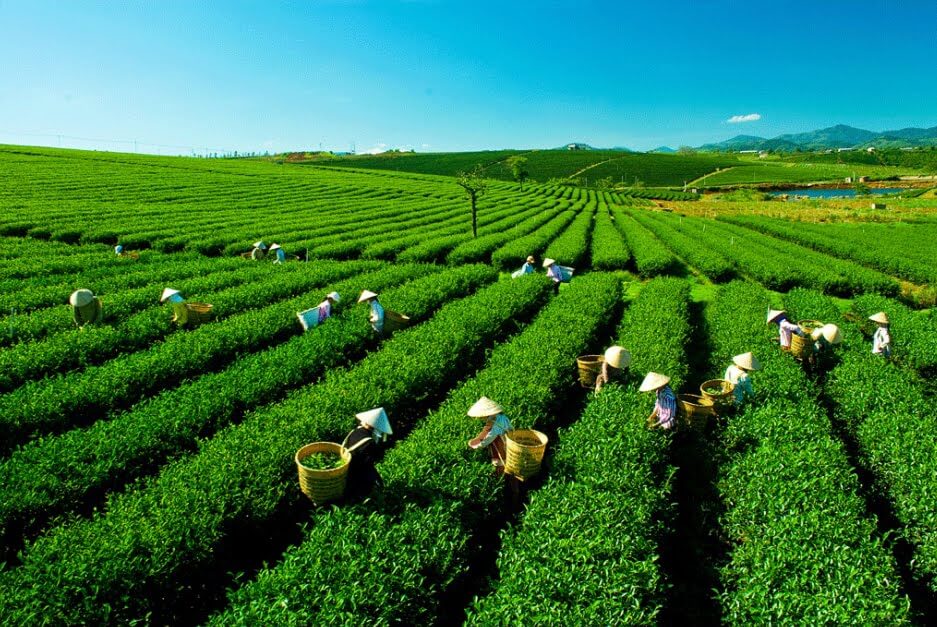
Tan Cuong Tea Hill – Thai Nguyen
Oolong Tea
Vietnamese Oolong Tea is produced from imported tea varieties in highland areas with suitable climates. The processing of Oolong tea goes through many stages, from harvesting, withering, fermentation, yeast removal, rolling, and roasting to shaping.
The fermentation process plays a vital role in creating the characteristic aroma of tea. Vietnamese Oolong tea products have a beautiful appearance, clear tea water, mild astringency, and attractive aroma, meeting the needs of consumers.
Lotus Tea
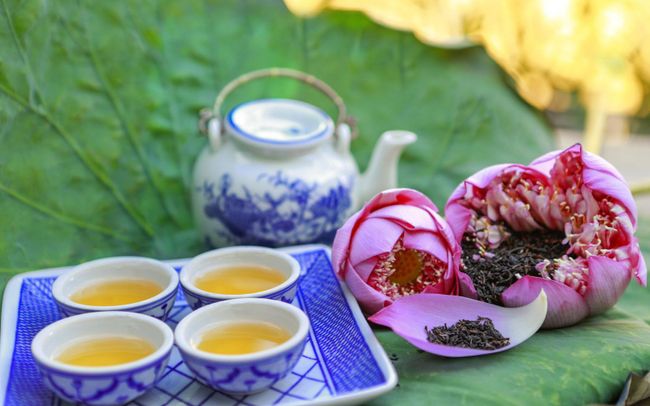
Lotus tea (Source: Collected)
Tea is scented with fresh lotus flowers, so it cannot be produced in large quantities due to the limited amount of natural lotus flowers. According to the experience of long-standing lotus tea scenting artisans in Hanoi, only West Lake Lotus is qualified to make lotus tea. Even lotus grown in Thach Ban Gia Lam, Hanoi, or Dong Thap Muoi cannot be used to make lotus tea.
Tea has been preserved for 2 to 3 years; the tea leaves are dark yellow with white snow, have a cool aroma, the tea taste is very light and mild, has a sweet aftertaste, and the color of the brewed water is dark yellow with a pink tinge, clear.
Jasmine tea
Jasmine tea is a valuable product that many people love. In many countries such as China, Japan, and Vietnam, jasmine tea has existed for a long time.
Jasmine tea is a precious product because people only use the natural fragrance of the flower, which is both cool, gentle, and non-toxic. Jasmine tea requires meticulous and elaborate techniques.
Fragrant tea
Fragrant tea is popular with the people, and its inherent aroma is enhanced by natural aromas derived from plants. The aromas include star anise, chrysanthemum, coriander, cinnamon, fennel, licorice… These aromas are dried or roasted and ground into powder. Depending on the quality of each type of tea, people mix each aroma according to a predetermined formula.
Nguyen Duy Thinh
Associate Professor, Doctor

